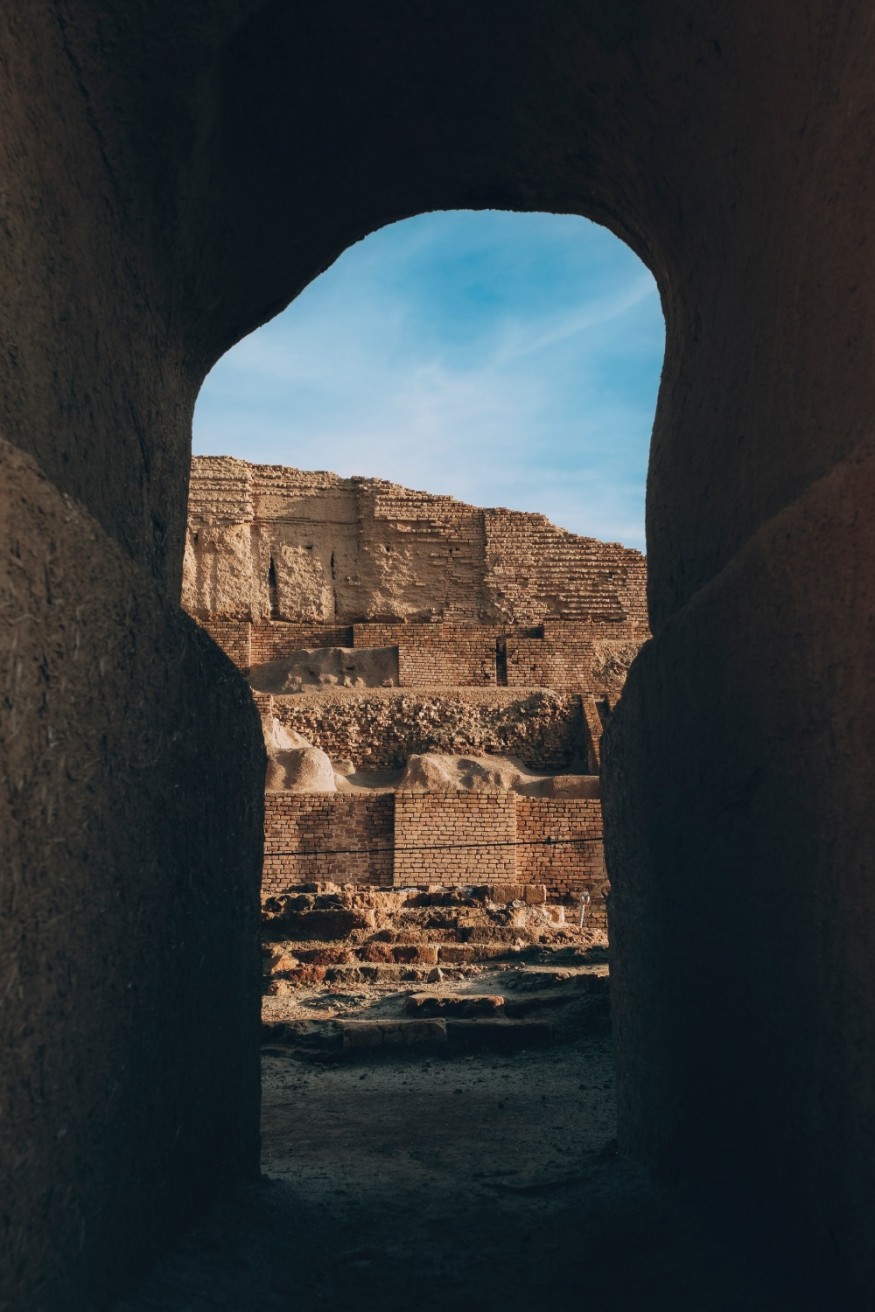The Lost City of Heracleion was Egypt's largest harbor, their mythological origins date back to the 12th century BC, and it has numerous ties to Ancient Greece.
Archaeologists found an ancient shipwreck as well as the burial grounds of an African funerary place dating from the early fourth century.
A shipwreck going back 2,200 years has been unearthed beneath the Mediterranean Sea in a buried underwater metropolis. They also discovered the ruin of an ancient Egyptian galley along with a golden amulet at the site of Thônis-Heracleion the underwater city.
What caused the ancient ship to sink?

The ship is referred to as a fast galley, a sort of vessel with a big sail that would have been driven to reasonably high speeds by an oarsmen team. The freshly discovered fast galley is 82 feet (25 meters) long and has a flat keel, a characteristic common among ancient Nile River boats.
It was damaged by falling boulders from the temple it was anchored close to, according to the European Institute for Underwater Archaeology.
According to the European institution, the ship sunk after being hit by massive pieces from the renowned temple of Amun, which was demolished during a cataclysmic catastrophe in the second century B.C. the devastating event in issue was an earthquake, which broke the temple's walls.
'The finds of fast galleys from this period remain extremely rare,' Franck Goddio, the president of the European institute, said in the statement.
Discoveries in Egypt's underwater city
Archaeologists uncovered a burial site that had been in used for as long as 2,400 years. The burial place was surrounded by a huge tumulus, a mound of rocks that was widely employed in the ancient world to identify the locations of graves. The crew discovered ornately designed ceramics, including one with what seems to be wave motifs painted on it.
They also have found a gold amulet portraying Bes, an Egyptian deity of childbirth and fertility. Images of the deity were occasionally utilized by the ancient Egyptians to protect small children and mothers giving birth.
The ancient city where the findings were found was known as Thonis to the Egyptians and Heracleion to the Greeks as a result, modern-day archaeologists refer to it as Thonis-Heracleion.
A succession of earthquakes caused the city to gradually sink into the sea until it was totally submerged around 1,000 years ago. According to historical accounts, a few individuals remained for the following many centuries, but Thonis-Heraklion never regained anything resembling its former life.
However, by the 700s CE, sea-level rise and ground subsidence had buried the ancient city's ruins, leaving them submerged in the shadow of the metropolis that succeeded them. The city thrived during a period when many Greeks were migrating to Egypt and brought their cultural traditions with them. Alexander the Great invaded Egypt in 332 B.C., and a line of kings descending from one of his generals ruled Egypt for three centuries.
© 2025 NatureWorldNews.com All rights reserved. Do not reproduce without permission.





